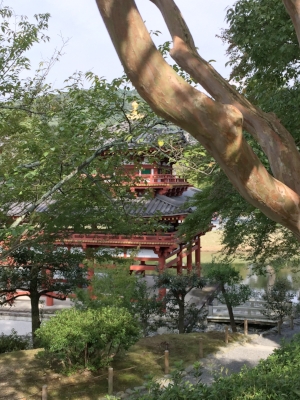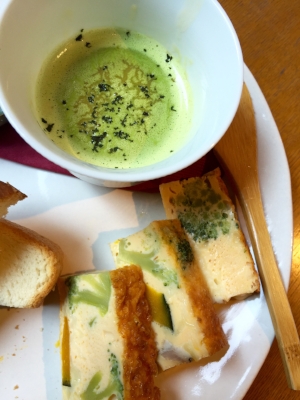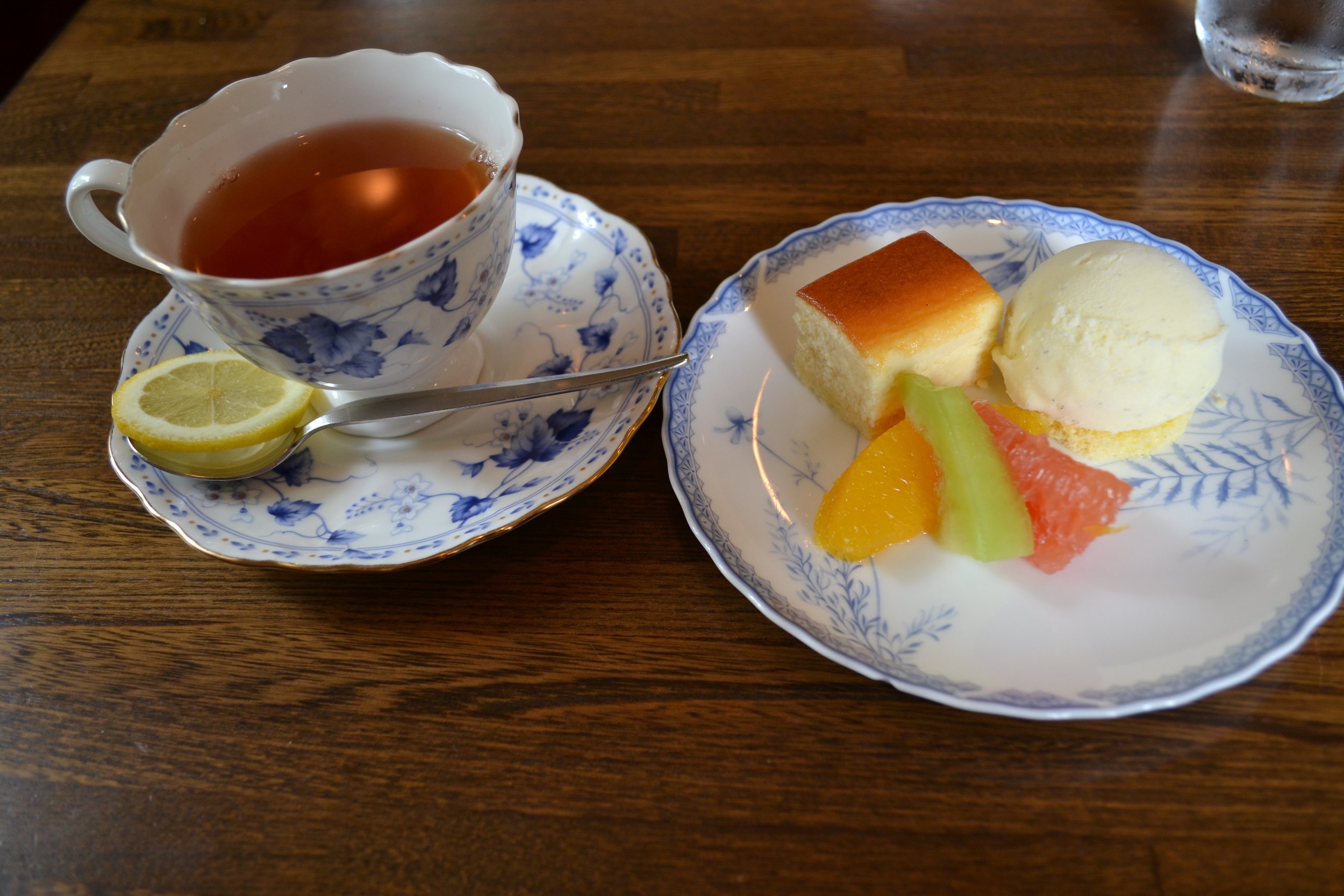Health Benefits of Matcha Green Tea
Fights against Cancer
Matcha green tea is filled with antioxidants, in particular catechins, a powerful class of antioxidants that have cancer fighting properties. In fact matcha tea contains 100 times more catching than other types of tea.
Prevents Heart Disease
Matcha has a positive influence on cholesterol levels in the body, promoting HDL (good) cholesterol but decreasing LDL (bad) cholesterol. Therefore matcha tea drinkers have a lower incidence of heart disease.
Promotes Weight Loss
Drinking matcha is said to promote weight loss as it regulates blood sugar and increases metabolism. On the whole, Japanese people drink daily cups of green tea and generally tend to be slim.
Detox
The high levels of chlorophyl that give matcha its vibrant green colour also work as a detoxifying agent for the body.
Higher Immunity
People who consistently drink matcha have increased immunity as matcha powder contains significant amounts of vitamins A and C as well as protein, iron, potassium, and calcium.
Relaxed but Alert
The L-theanine in the tea leaves that are crushed to make matcha powder induces a feeling of calm while also keeps the drinker alert. Further benefits included increased concentration and improved memory.
Energy and Stamina
Drinking Matcha tea gives the drinker increased energy and stamina without the nervous feeling that coffee gives. In centuries past, samurai drank matcha tea before battle in order to increase their endurance and improve their reflexes.
Other Types of Tea
Bancha (Brown Tea)
Another type of lower grade brown tea is Bancha which is commonly served in restaurants, whereas Mugicha is a roasted barley tea without caffeine that is enjoyed during the summertime.










